This story was originally published in Issue 129 of Singletrack World Magazine. We’ve pulled it out from behind our paywall – if you enjoy it, we’d like to invite you to make a donation to one of the Red Cross appeals.
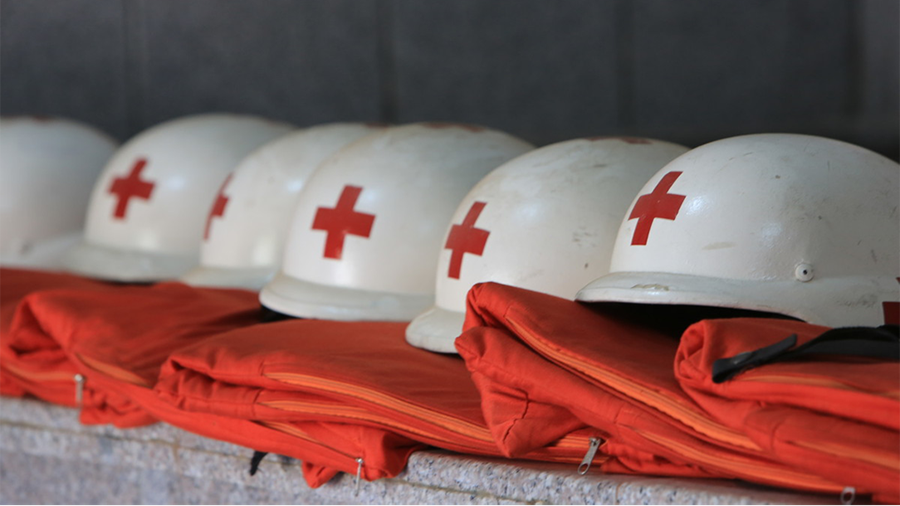
Three Polish friends prove that bikepacking and packrafting trips are not just for summertime. OK, maybe they are.
Words Sebastian Pawlowski and Łukasz Piatek Photography Adam Klimek
In the last days of February we set out for a bikerafting trip to the majestic canyons and valleys of the Western Ukraine’s Dniester River. We chose the town of Zalishchyky as our starting point, surrounded as it is on three sides by an arc of the meandering river.
What was planned as a four-day self-supported bikerafting tour quickly turned into a fascinating exploration of a neighbouring society, a true parallel universe if you will, and its beautiful human souls.
There’s a sense of abandonment or neglect in these villages, frozen in time some three or four decades ago. Many, usually young, people have left the rural countryside for the lure of the cities. And yet the abundance of flowers decorating the windows hints at the beautiful character of the people who remain.
Having slept in tents for two nights at -11C, we couldn’t resist the persistent invitations of local shopkeepers, Ivan and Maria, to stay at their place. The vision of a hot bania (sauna) and homemade supper made it clear that we weren’t spending a third night in the tent. There goes the ‘self-supported’ part of the trip.
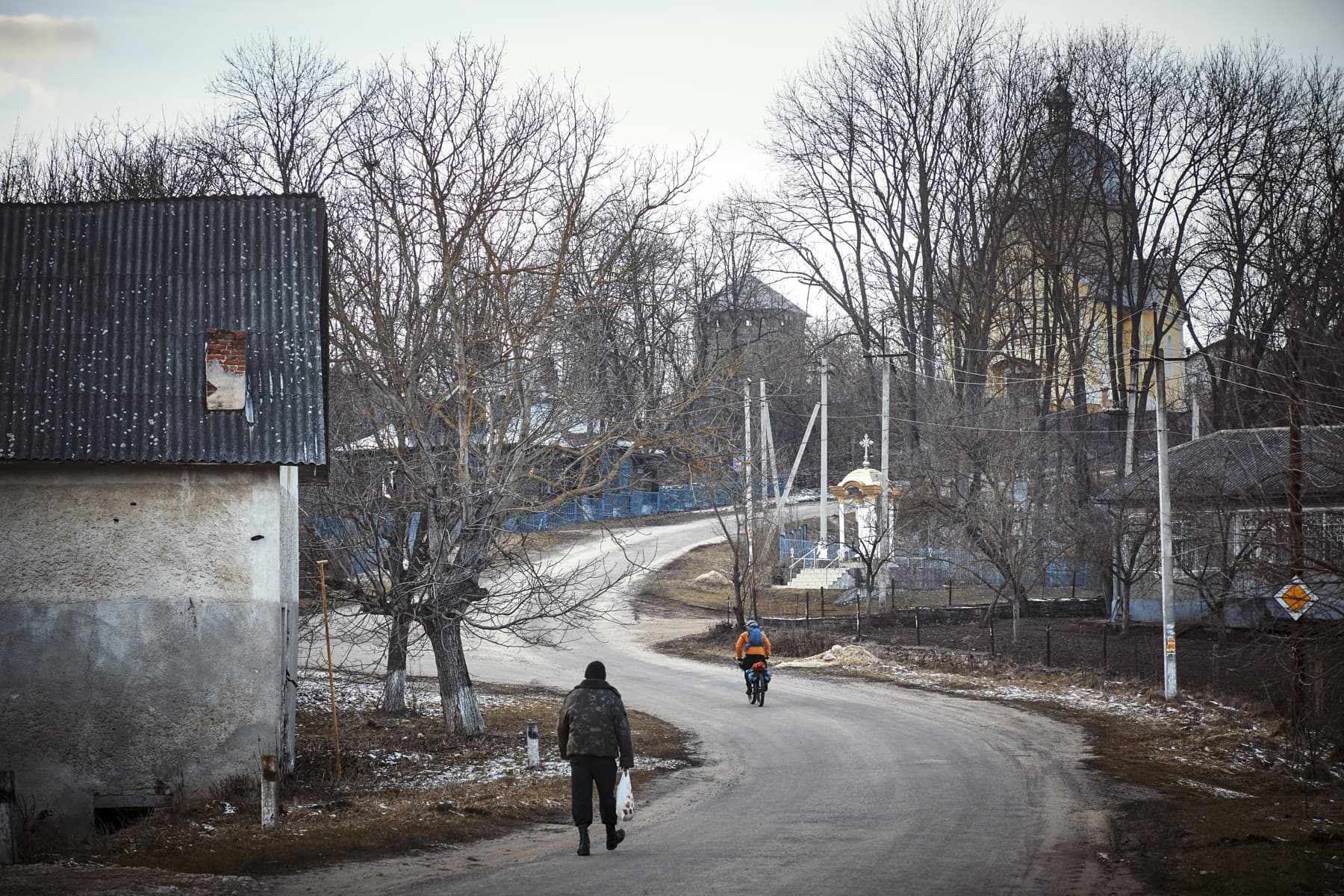
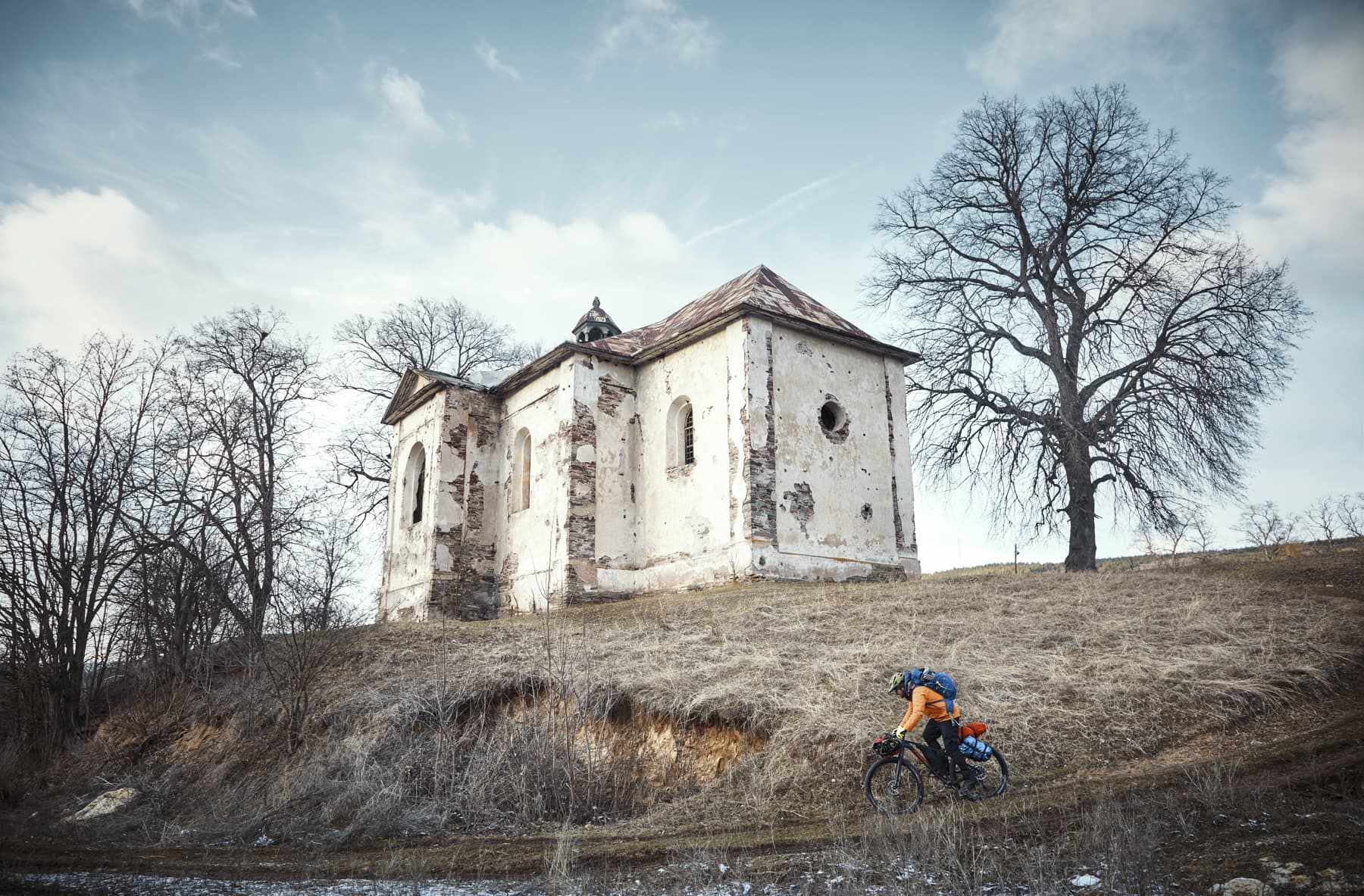

The royal breakfast next morning would nourish even the hungriest of ghosts. Aromatic chicken broth with noodles, pork chops, potato purée, accompanied by cottage cheese pancakes and cakes. It wouldn’t be a Slavic country without a sea of homemade moonshine and an ocean of stories – a perfect foundation for the coming day in the saddle.
After all the goodbyes and thanks, it occurred to me that this is what bike trips have always been about – the bike is just a helpful tool for a deep and heartful exploration of nature and our beautiful fellow humans.
I have a feeling it won’t be long before we pay Ukraine another visit.
Choose life. Choose Ukraine?
But before we get to that, why Ukraine? This was the most common question we received when the purpose of this trip was discussed. Only those who did not know where Ukraine was and what it would mean in winter were not impressed. We were looking for a new horizon. We needed a strong counterbalance to our recent trips in the idyllic scenery of Utah, Arizona and the Dolomites. With the addition of logistical and geographical reasons, the choice fell on Ukraine.
We were supposed to reach Zalishchyky (a city in the western part of Ukraine) in ‘just’ eight hours of driving, and the majority of the Google Maps route was marked by lovely symbols of highways and main national roads. But it soon became clear that in Ukraine, ‘national road’ does not guarantee anything. It is only a vague promise to reach the destination – in any case, the fun started sooner than we expected.
Living in Poland, we’re so used to being in the hassle-free travel of the Schengen area that standing in a queue of vehicles at the border gives us a combined feeling of both nostalgia and irritation. We are leaving the EU and everything seems to be letting us know about it: we see it in the majesty of the surroundings, in the destroyed facades of buildings, flags, masts, information boards, barbed wire and a slightly uncertain atmosphere.
Stamp collecting
We cross over the Polish border and start playing the games unknown to us.
The first one is a game of three stamps, which we have to gather on the received tiny piece of paper. No more and no less, just three – all different. Here started the second game: guess which counter? The next one consisted of queuing up at randomly selected counters. The aim was to present our piece of paper and – possibly – get another stamp. We moved from one counter to another, where the official either sent us back frigidly to another counter, or took our documents and disappeared to return after some time and give them back. So we played these games very stubbornly, hoping to see a bit more of Ukraine officialdom. At the end of this particular borderland wandering there was a border guard officer with a Kalashnikov (without a magazine), but he did have a camera attached to his chest. He took away our triple-stamped scrap of paper and opened a provisional boom barrier in front of us. We were officially in Ukraine.
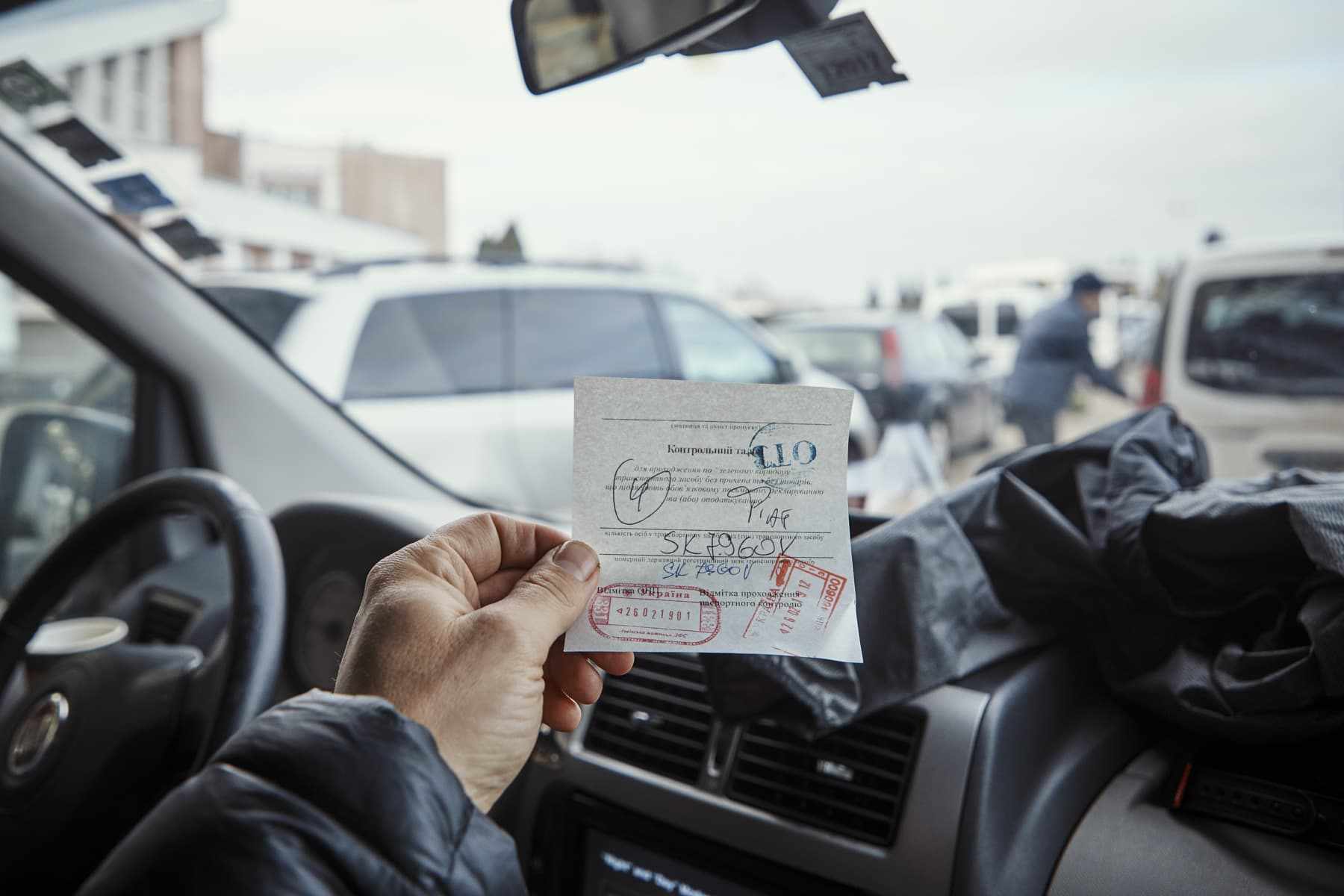
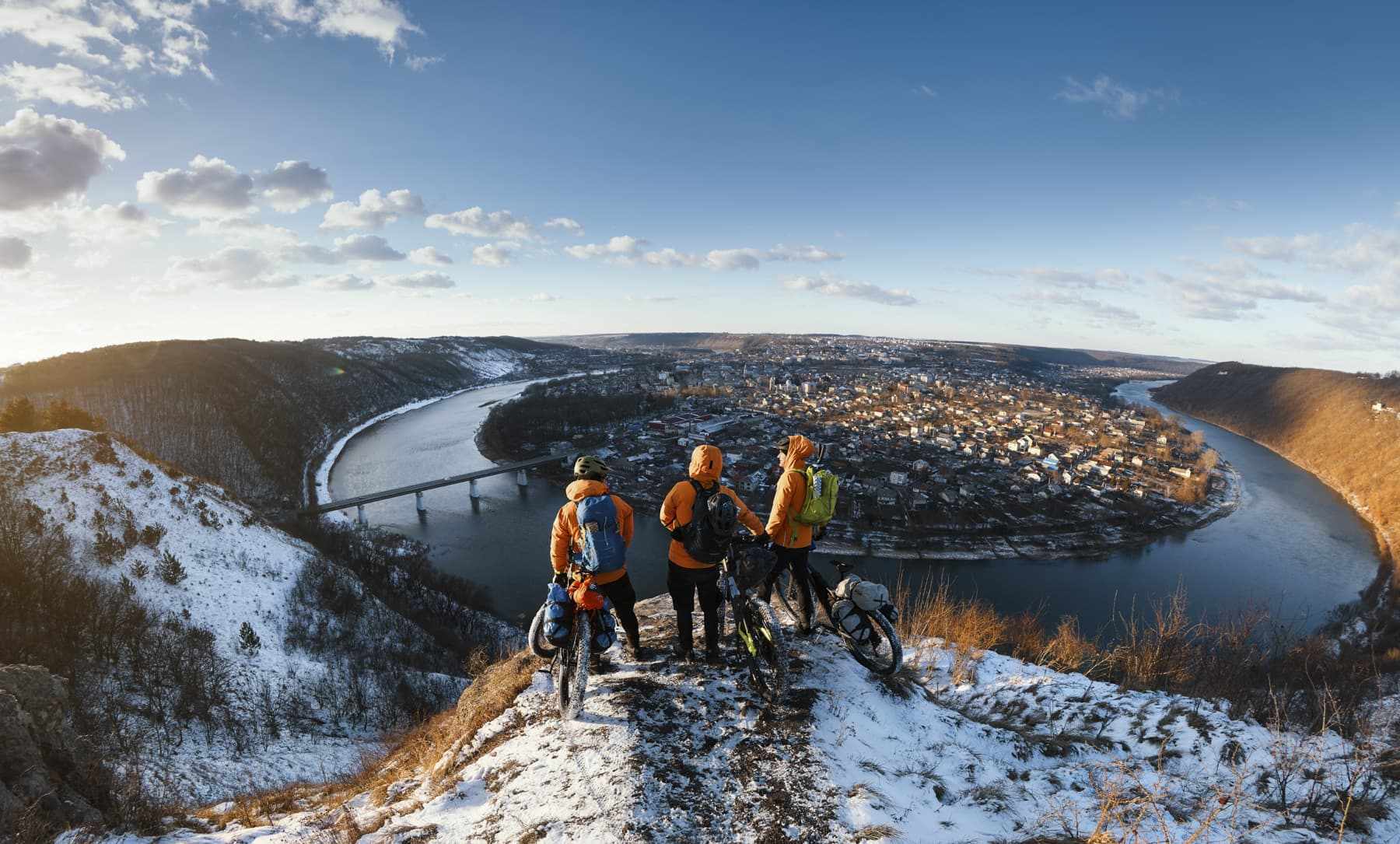
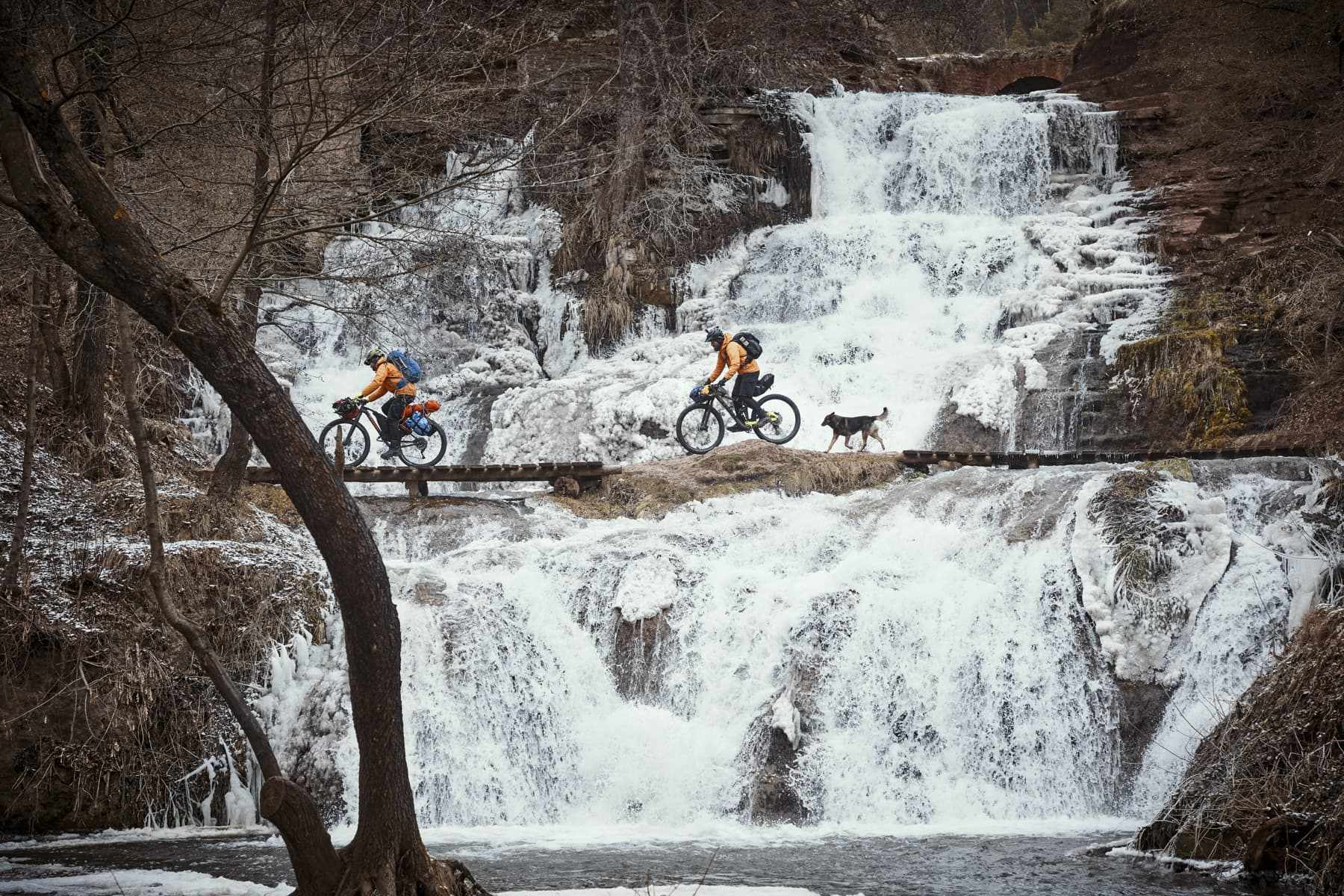
After crossing the border we head towards Kiev on the national road M10, which on the map seemed to be a highway. However, the reality verifies our naivety very quickly: as we continue our journey deep into the country, the road simply vanishes. After a certain point, the route winding to the horizon appears to be glittering with islands of remaining asphalt. The potholes become so deep that all the drivers drive slowly and zigzag, so we quickly adapt to this local driving style.
We drive through the gloom, through the winter’s keen and penetrating frost. We pass villages, seemingly deserted, and similar towns and cities. Locked shops, houses in ruins, deserted factories built in the middle of nothing. In this nothingness emerges a bus stop – a bus heads to it in a classic zigzag. We are driving with our noses glued to the car windows and we are absorbing this reality. Finally, we arrive at Zalishchyky, previously known for its health resort with wonderful beaches on the Dniester River and being the ‘capital’ of grapevine cultivation. Nowadays it is a sleepy town whose landscape is dominated by ruined objects of exaggerated momentum, so characteristic of the communist builders.
Last chance to change your mind
The Dniester River cuts a deep gorge and Zalishchyky is slotted into the crook of the river like a matching piece of a puzzle. We could see it perfectly well as we were standing on the highest point of the area though a penetratingly cold wind was trying to blow us out of there. A beautiful landscape hypnotised and apparently isolated us from the cold, but only for a short while. Getting more and more cold we felt the urge to return to the city.
In the centre we found what seemed to be the only open bar and our last chance to have a decent warm meal. A dark and frosty blanket had covered the area beyond the big window. Someone shouted out “Let’s hit the road!”, and for the last time the clink of glasses of local cognac resounded in the bustling bar. We had definitely absorbed the high-octane local customs (a little too quickly perhaps) and along with it, the culture of survival of dark and cold days and nights. However, it was time to face the road we had chosen.
Under cover of darkness, we took the main road swiftly out of town to the place where the map showed us the paths leading along the riverbank, towards the Dniester Canyon National Nature Park. We already had an unscheduled travelling companion in the form of a seemingly stray dog. We hoped that after a few kilometres he would let it go. But apparently the dog felt the spirit of adventure and ran with us.
Ghost dogs
Within a short time of leaving the city, we soon felt lost and disoriented. We faced something that looked like a corrugated tin garage. Light was smouldering from the inside; several chairs stood outside. The door opened and a man emerged. The tin shed turned out to be a local bar, where the locals introduced a further bizarre aspect to our reality. The man moved with a wobbly step in our direction, and started to talk to us… Here Łukasz and his vague memory of the Russian language came to our help. Soon it turned out that the young man had a ‘Pole’s card’, half of his family worked in Poland – he’d recently returned from Poland, and was now celebrating his nouveau riches. He was inviting us to his place and pointing at the dog asked: “Whose sobaka is this? Is yours?” In order not to complicate the communication, we agreed that it was ours. And so we gave the stray dog the unsophisticated name of Sobaczka. Our new dog was now called ‘dog’.
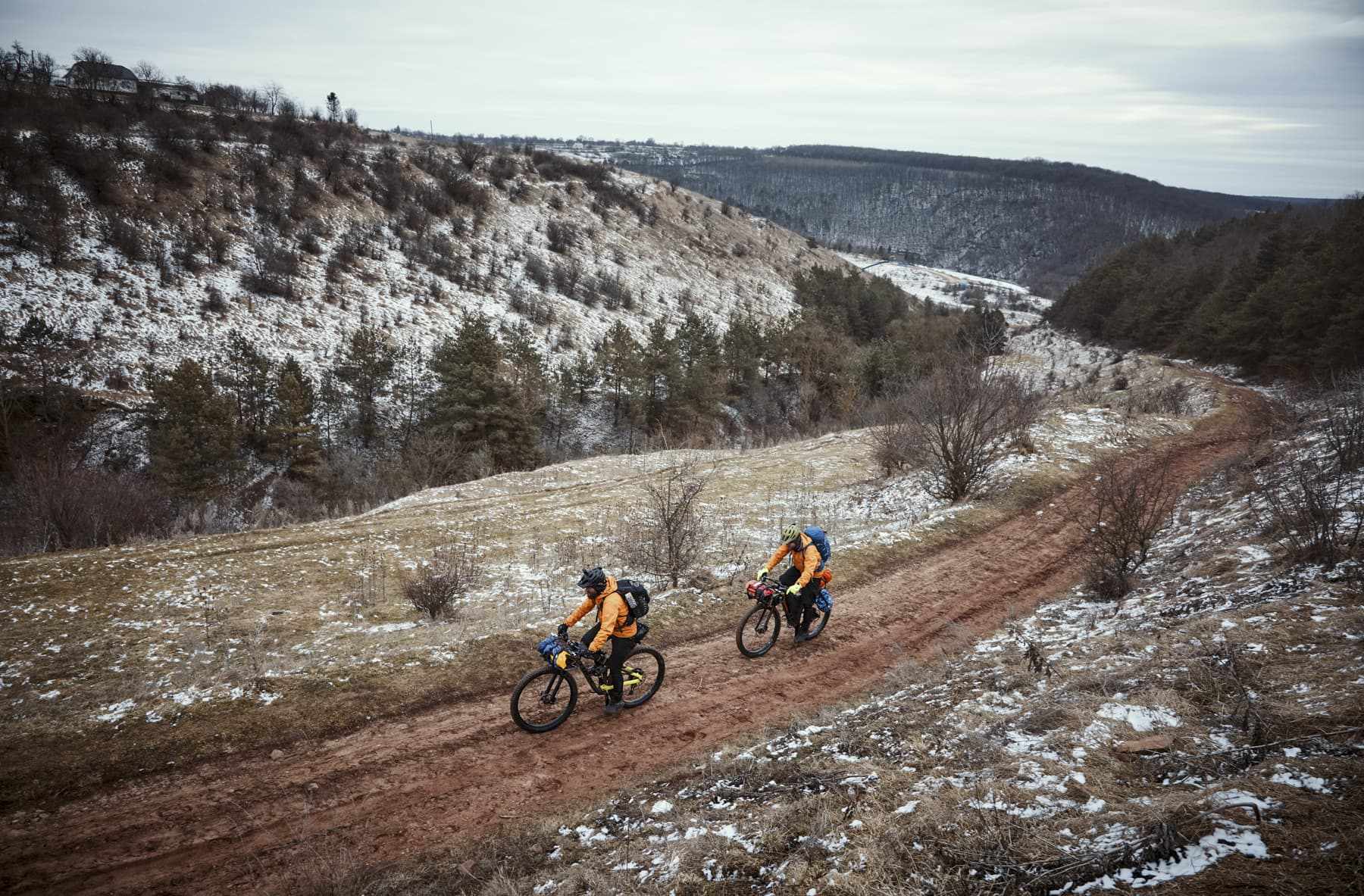

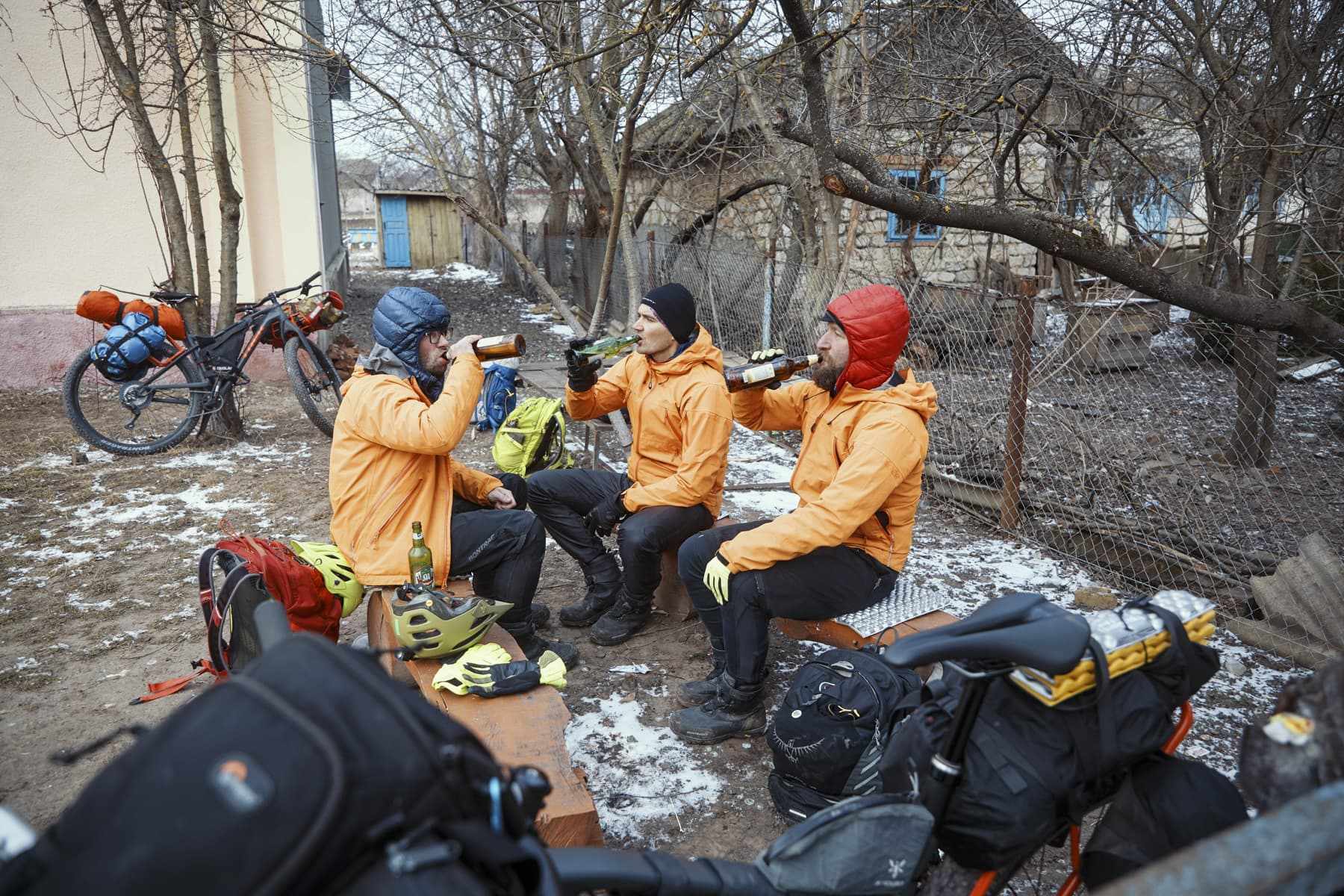
In the meantime, another figure, who turned out to be the young man’s wife, emerged from the darkness. Asked by us for directions, they both stated that we had to go back to the town, because in the woods there were not only wolves, but also ghosts and demons that prowl at night. We thanked them for their advice, ignored their warnings and entered the forest.
Everything went perfectly well until we faced a fork: downhill or uphill. Continuous navigation dilemmas and exhaustion (it was already after 1am…) forced us to finally set up camp. As we settled, Sobaczka suddenly stood up and looked intensely at a single point deep in the forest. Noiselessly, he sped off in that direction at high speed. We watched each other. Wolves? Ghosts? Maybe both?
We waited a while, but Sobaczka had disappeared, vanished. We buried him remotely with all honours, sure that he saved our lives by sacrificing its own.
The morning didn’t in any way encourage us to get out of our sleeping bags. We all waited patiently, hoping that the temperature would rise a little. However, the low-hanging sun had a different purpose: it could hardly penetrate a thick layer of clouds, and this probably consumed all of its energy.
We had no choice but to harness the frosty nature ourselves. Someone made a fire, someone else put on two pairs of socks, and someone else prepared coffee, flooding it, I guess from the taste, with Ukrainian cognac. Smiles slowly appeared on our faces.
But all the joy came back with Sobaczka – the dog came out of the forest just as unexpectedly as it vanished in it yesterday. If someone was expecting any explanations, he had to be satisfied with a wagging dog’s tail. Quickly we exchanged the camp mess for four pedantically packed bicycles, four perfectly and warmly dressed people and one dog.
Everybody, hungry for adventures, threw themselves into pedalling through the landscapes of Podolia, bathed in browns, greys and broken green. It was cold, windy and quite rough at the edges.
Wildness and wilderness
We left the wilderness, the path turned into a dirt road and after a while it led us to the ‘asphalt’. Then we passed a few buildings, a small square in the middle of which stood a mysterious metal shed without windows, but with a smoking chimney. We found the inside of the box via a similarly metallic door – and inside we discovered a shop and a smiling shopkeeper. We replenished our stocks of Ukrainian cognac and for an unspecified reason bought a lot of cakes.

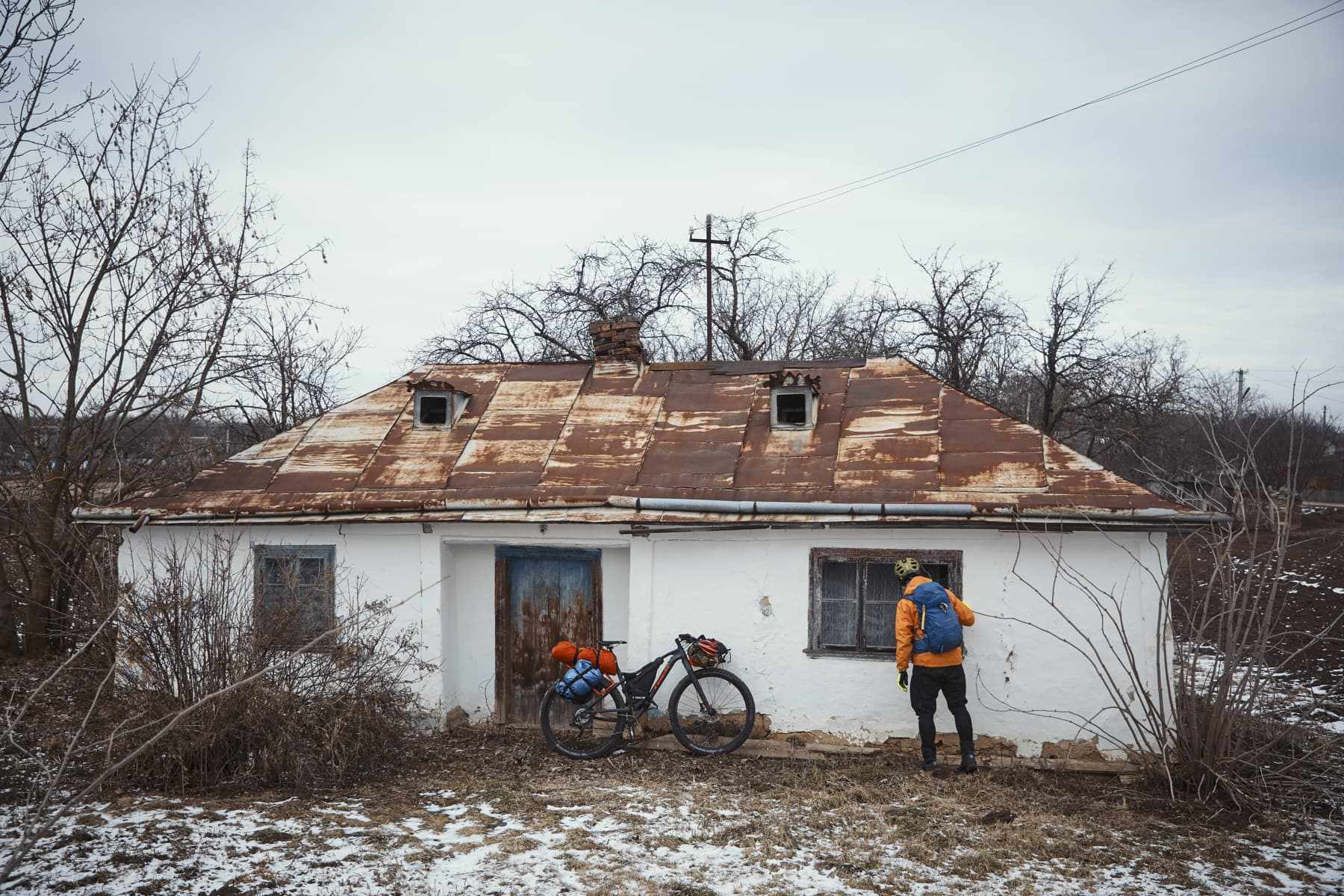
The awareness of short days forced us to hurry continuously, so some of the navigational decisions related to the route choice were the result of some kind of panic. We rode west, upstream, along the Dniester, wanting to reach the spectacular Dzhurynskyi waterfall and the ruins of the castle in Czerwonogród before dark.
It wasn’t to be and we reached the waterfall in complete darkness, so instead of watching we just listened. The road continued further to the ruins of a medieval castle. As it was late (something of a trend on this trip) we had no hesitation at setting up camp under the ruins. We lit a bonfire and enjoyed local specialities along with our LYO freeze-dried food. It was the beginning of February; empty, quiet, frosty, but at the same time warm and tasty.
Starting in ruins
As usual, the day began lazily and revolved around our fixed ritual: first a bonfire, then coffee (this time without cognac), followed by local goodies – bread baked with sausage and deadly hot mustard, and potatoes from the bonfire for dessert. By midday we were cycling again, rushing back to the waterfall to see it this time, not just to hear it.
It was our penultimate day and it was time to head for the Dniester River. Along the way we pass more villages, decorated with monuments commemorating the Great Patriotic War. We are surprised to find that our bicycles, like time machines, seem to transport us back to the last century. Everything around us makes a striking impression on us. The world here seems to have stopped 40 years ago.
At dusk we reached the village of Ustetschko, a place where the adventure on bicycles would end and a new one would begin – this time on our packrafts. All that remained was to find a shop and replenish our supplies for our last planned night on the shores of the majestic Dniester.
And this is where the real fun began – in Ivan’s family backyard shop, during our shopping, its owner somehow made us end up in his kitchen. Before we realised, Maria, Ivan’s wife, was telling us the story of her sons, describing each photo in albums in our hands. After a while, as if with the touch of a magic wand, dishes of Ukrainian cuisine piled up on the table.
This humble dinner was served with homemade moonshine and wine. Slowly, but surely, it was becoming a classic Slavic party. When the kitchen in which we were sitting was swinging like a ship in the high sea, our host said the keyword – ‘sauna’.
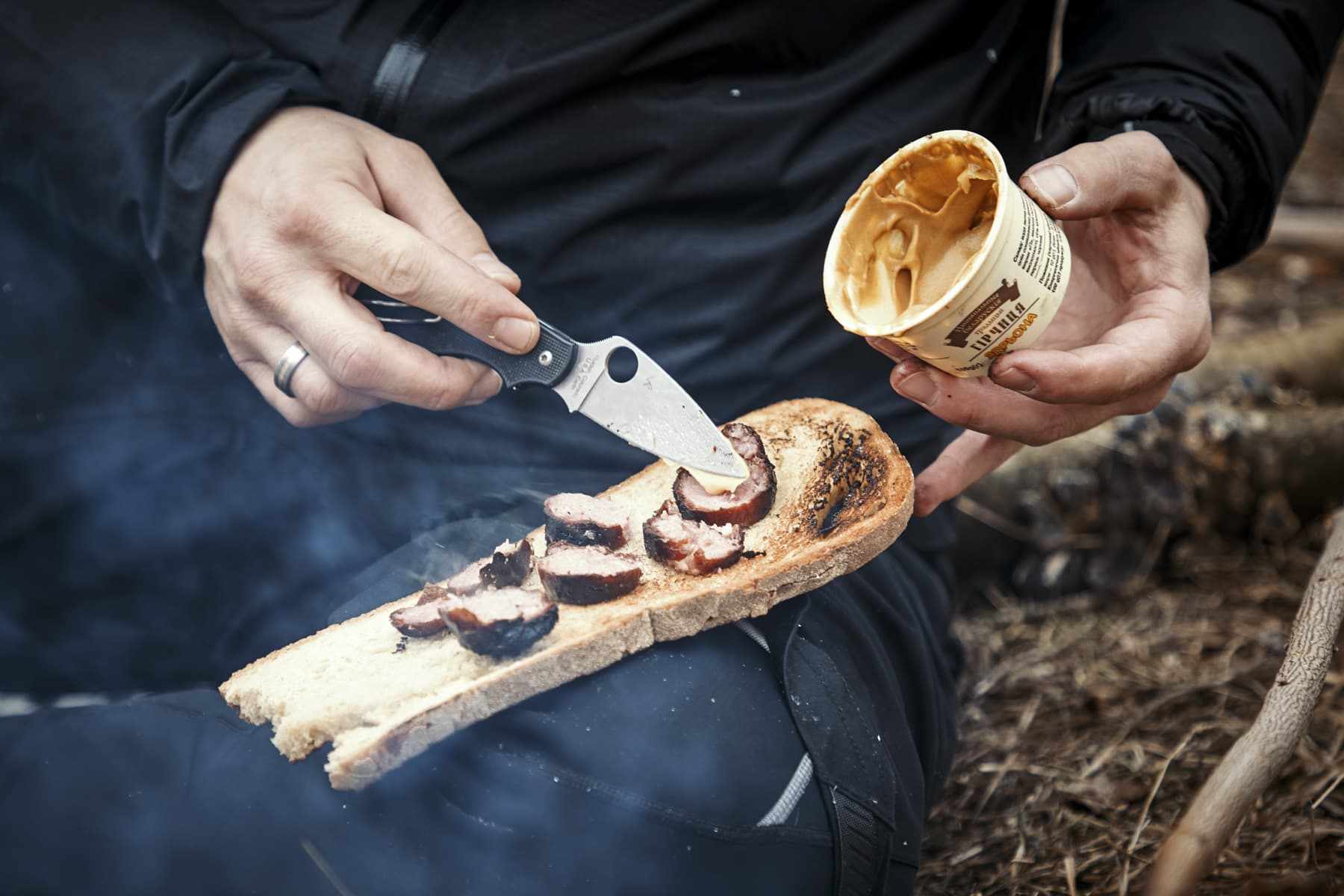
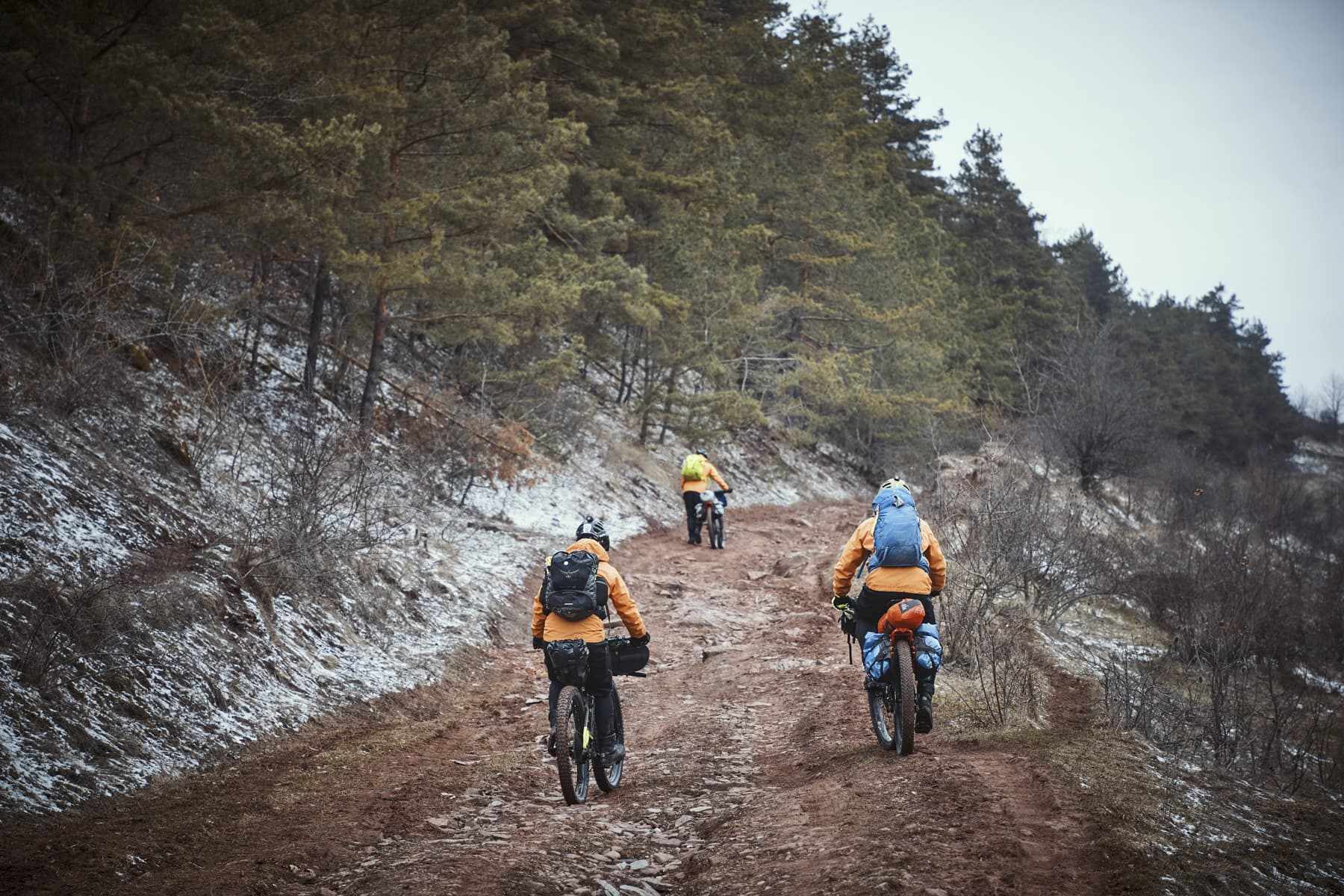
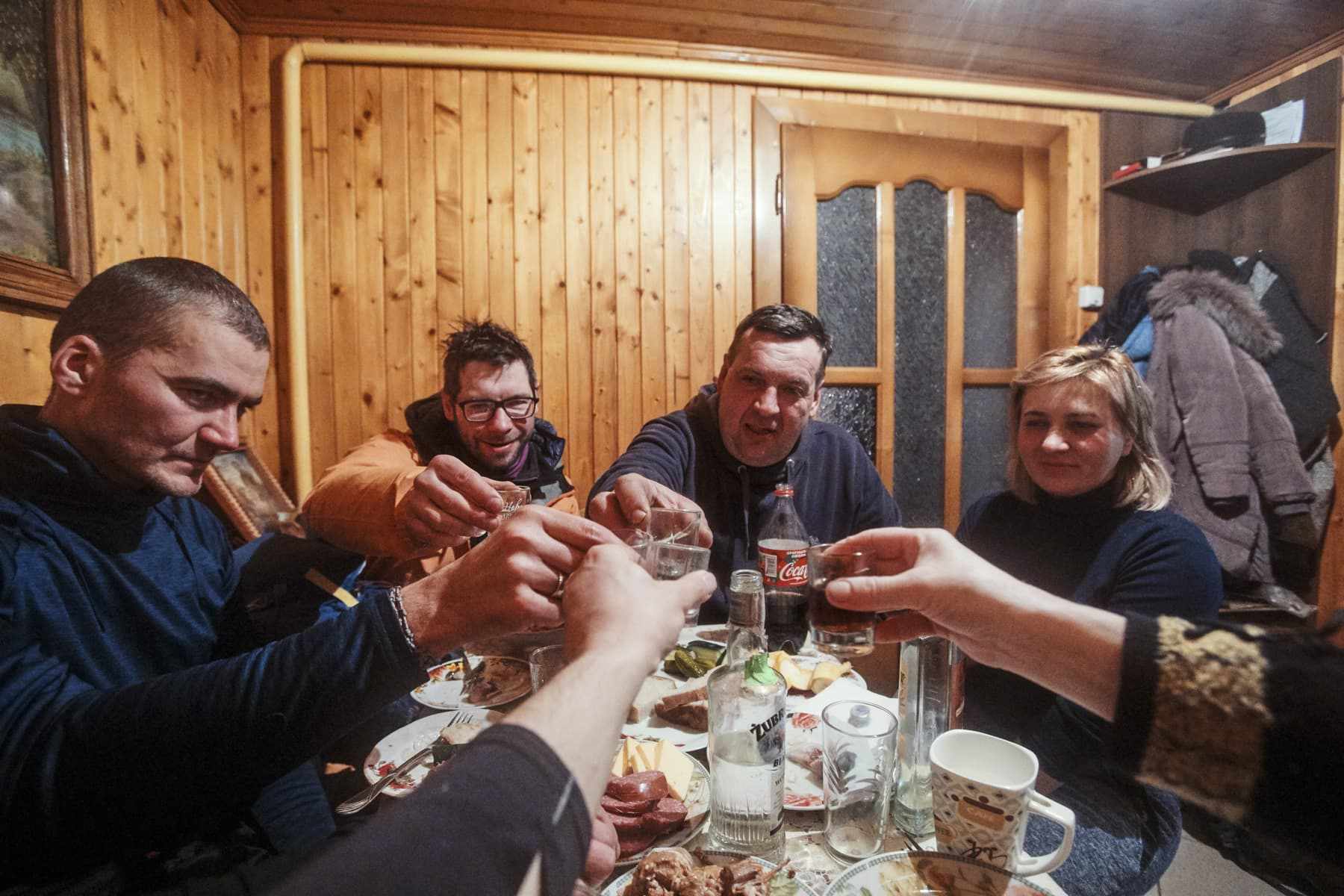
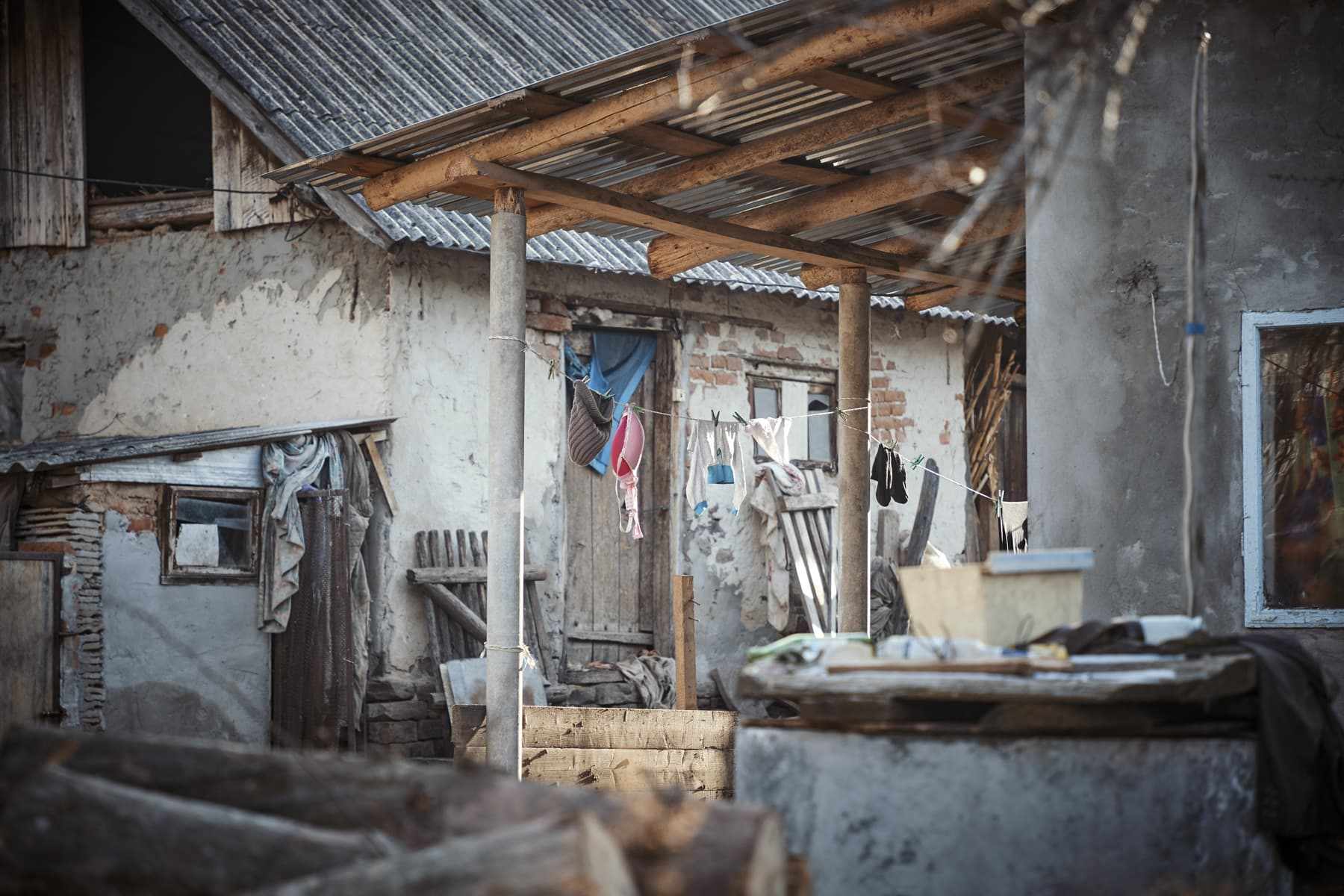
It turned out that our new friends, Ivan and Maria had a small house for guests on the other side of the street At that moment we realised that no force existed that would push us to spend another night in a tent at -11C.
Eat your way sober
The morning brought a lot of questions, which we would not have had to look for answers to if it had not been for yesterday’s moonshine and homemade wine. We return to our hosts for a royal breakfast. Each of us receives a bowl of delicious broth with noodles, a huge plate of puréed potatoes with cutlet, pancakes with cheese, and cake. For a starter, we had pickled tomatoes and cucumbers. Everything (still!) is served with homemade moonshine and wine.
Finally, we say goodbye and set off to complete the final part of our mission. We are standing on the shores of the Dniester River, which flows into the Black Sea hundreds of kilometres away. We reverse the packaging process and now attach the bikes to inflatable Pinpack packrafts. The long-awaited new adventure on the water begins. Fate still favours us with an extraordinarily sunny and windless day with the temperature in the sun slightly above zero.
Packed into packrafts, we make our amazing way down the majestic Dniester. For those who have never been in a packraft, I would add that you sit on a 15cm inflatable cushion, which completely isolates you from the cold water below your craft and the position itself is extremely comfortable. After three days on rigid bikes, floating on packrafts is like a massage for our sore bottoms. The perspective that the river gives us is difficult to describe; moving on it gives a set of completely different, unforgettable impressions. The last 25 kilometres, which we had to cover on the river, is the cherry on the cake of the whole trip. However, the idyll does not last long. Immediately after the sun disappears behind the high banks of the Dniester, we quickly recall that it is the beginning of February. It starts to get cold and darkens at an express speed. The night catches us about three quarters of the way back to Zalishchyky. We are each sailing at a different speed, so everyone is left alone on the water. In the darkness, in a small packraft, we are surrounded by the massive black and cold waters of the Dniester.
The night landing in Zalishchyky ends with a surprise in the form of a concrete pier with which we almost collide. Miraculously, we all land safe and dry on the shore.
After coming ashore there was only one decision left – who would assemble a bike and pick up the car left on the outskirts of Zalishchyky?
And then, several hours later, we find ourselves once more standing on the border, waiting in a long queue to start playing our lovely border games…
Equipment
We intended to ride our planned route and, in places where there was a river, we’d kayak in our inflatable rafts. The Pinpack packrafts that we had with us were, after being rolled up, each about the same volume as a medium-sized roll of paper towels. The weight of the whole set, including paddles and a life jacket, was less than 4kg.
Our bicycles were Trek 1120s – a perfect incarnation of the Stache model, with a rigid fork, a new system of integrated racks and panniers rolling on Bontrager’s mid-fat 29×3.0 tyres. This was all rounded off by a brilliantly profiled handlebar, dropper post and a simple one-by drive set-up. The slack geometry, high front end and enough cushioning to make us leave the full susser at home made us fall in love with hardtailing again. Though just for balance, we kept one Full Stache full susser along for company.
This story was originally published in Issue 129 of Singletrack World Magazine. We’ve pulled it out from behind our paywall – if you enjoy it, we’d like to invite you to make a donation to one of the Red Cross appeals.

The Gallery






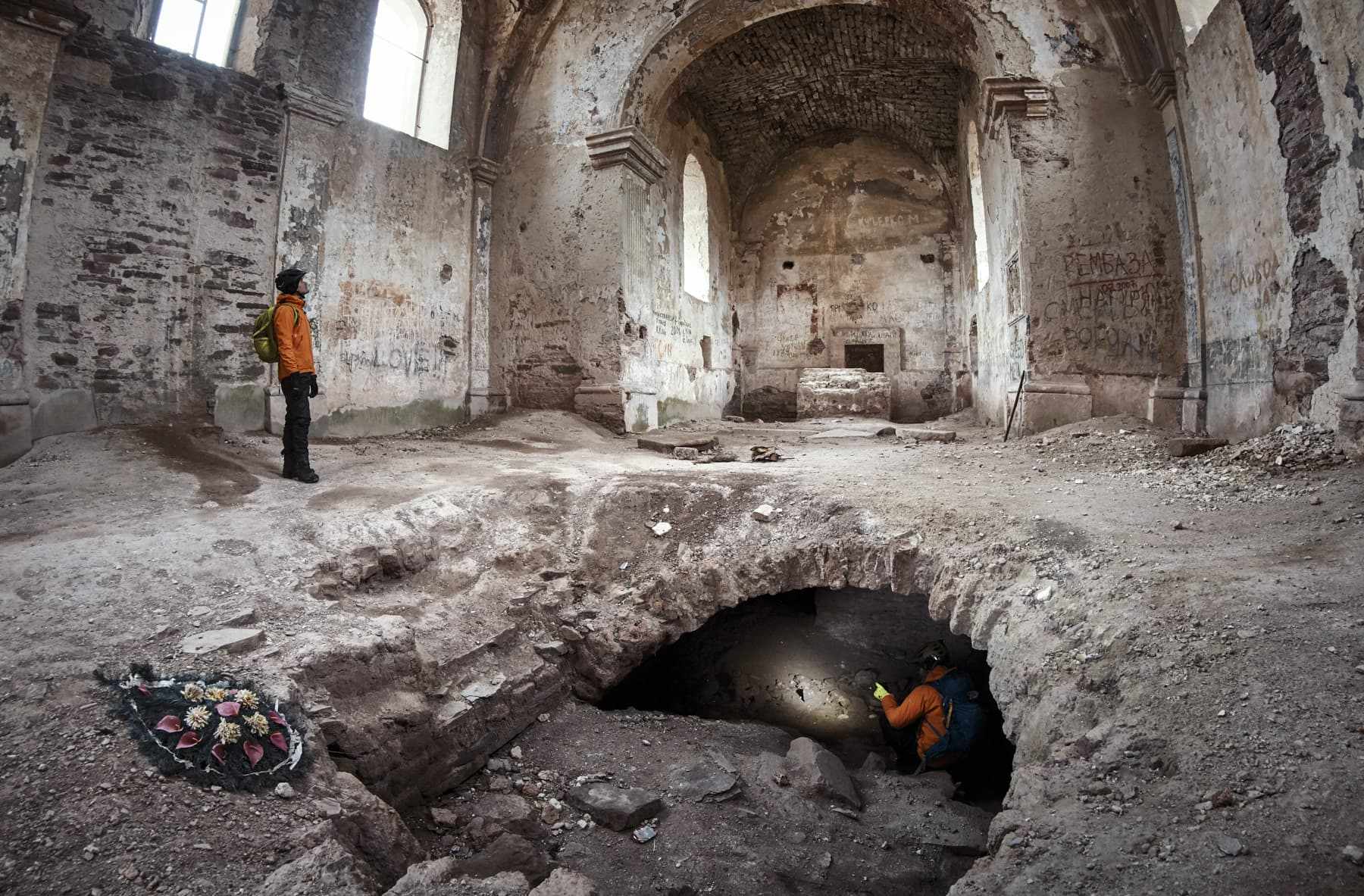






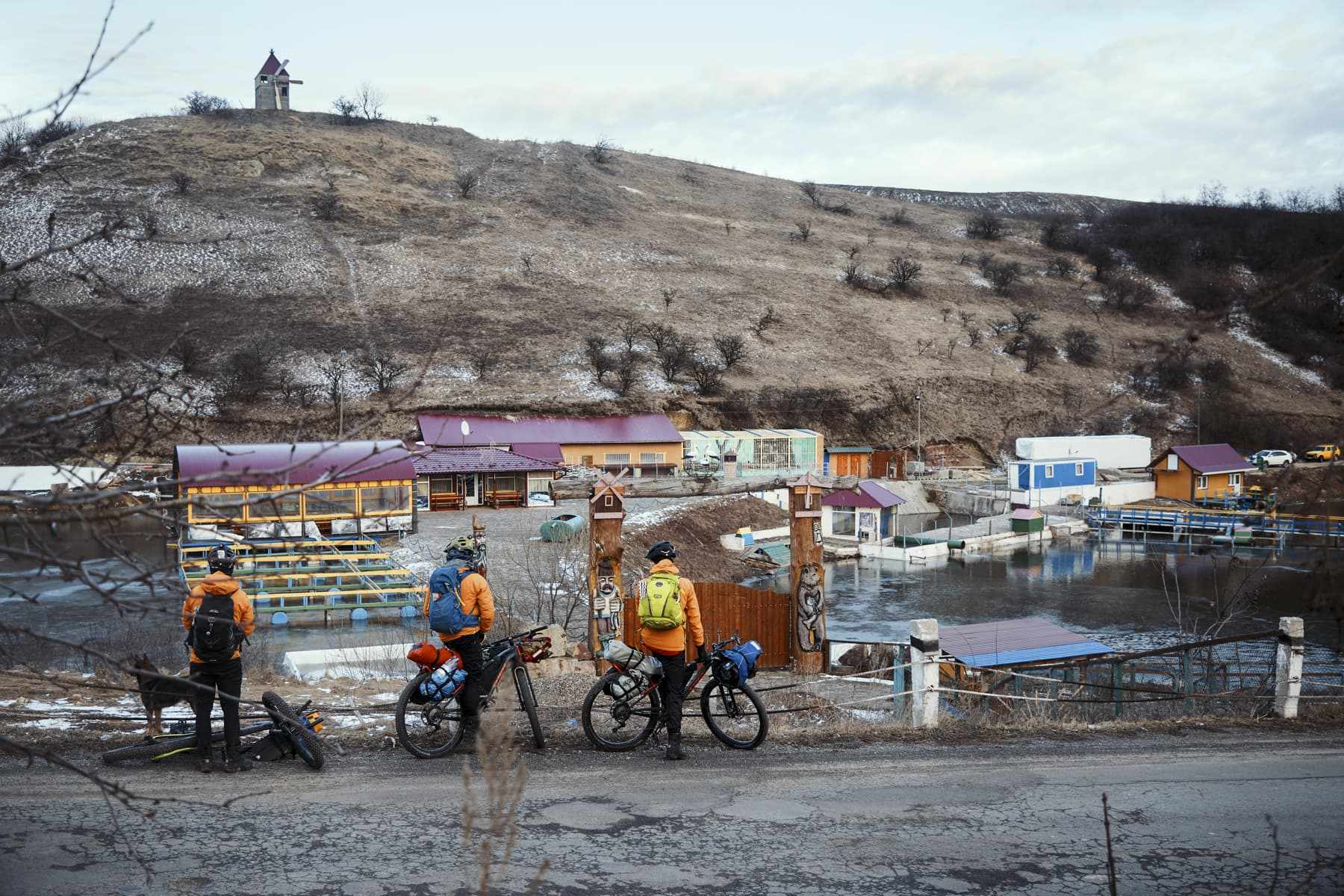


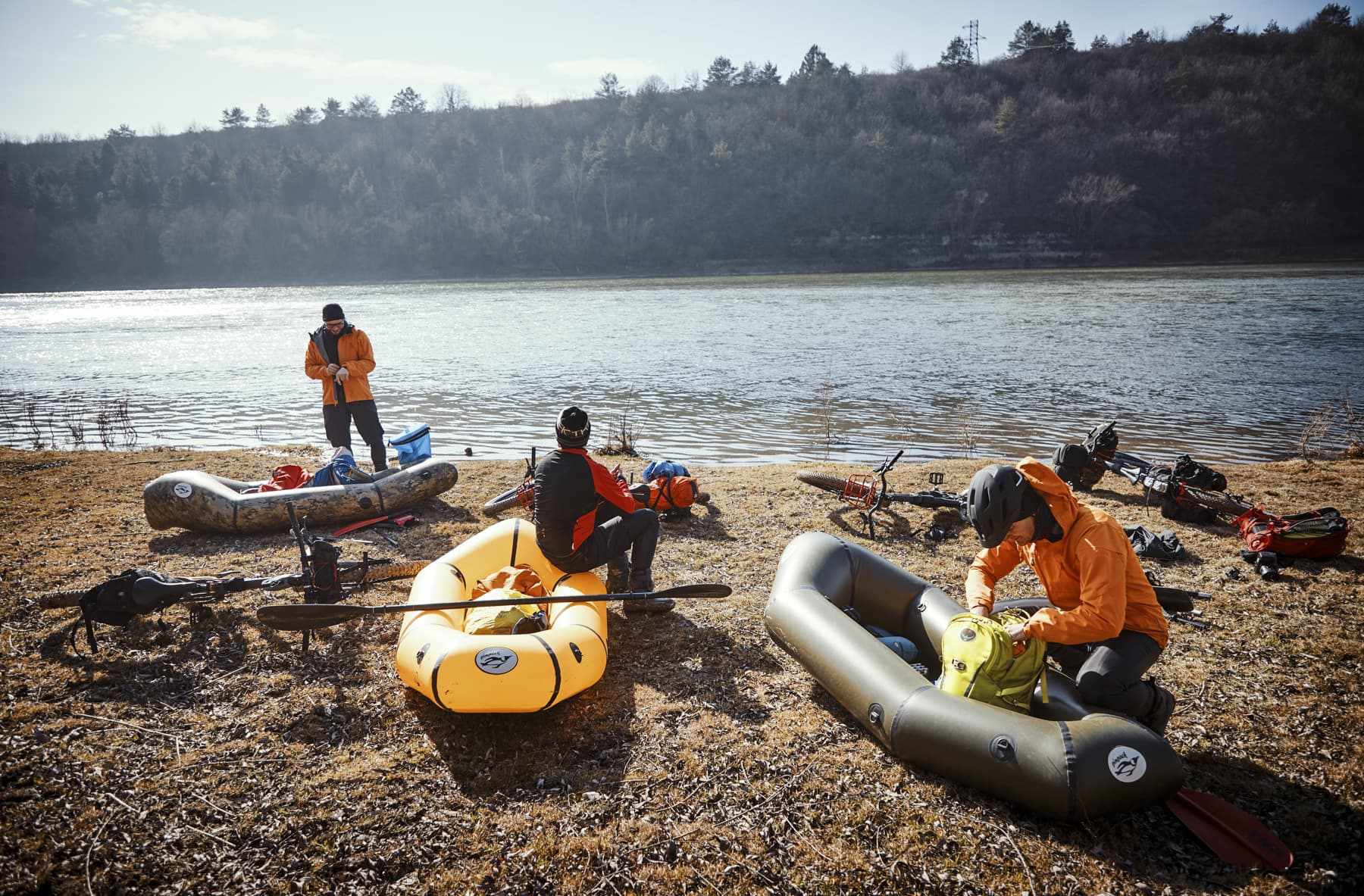
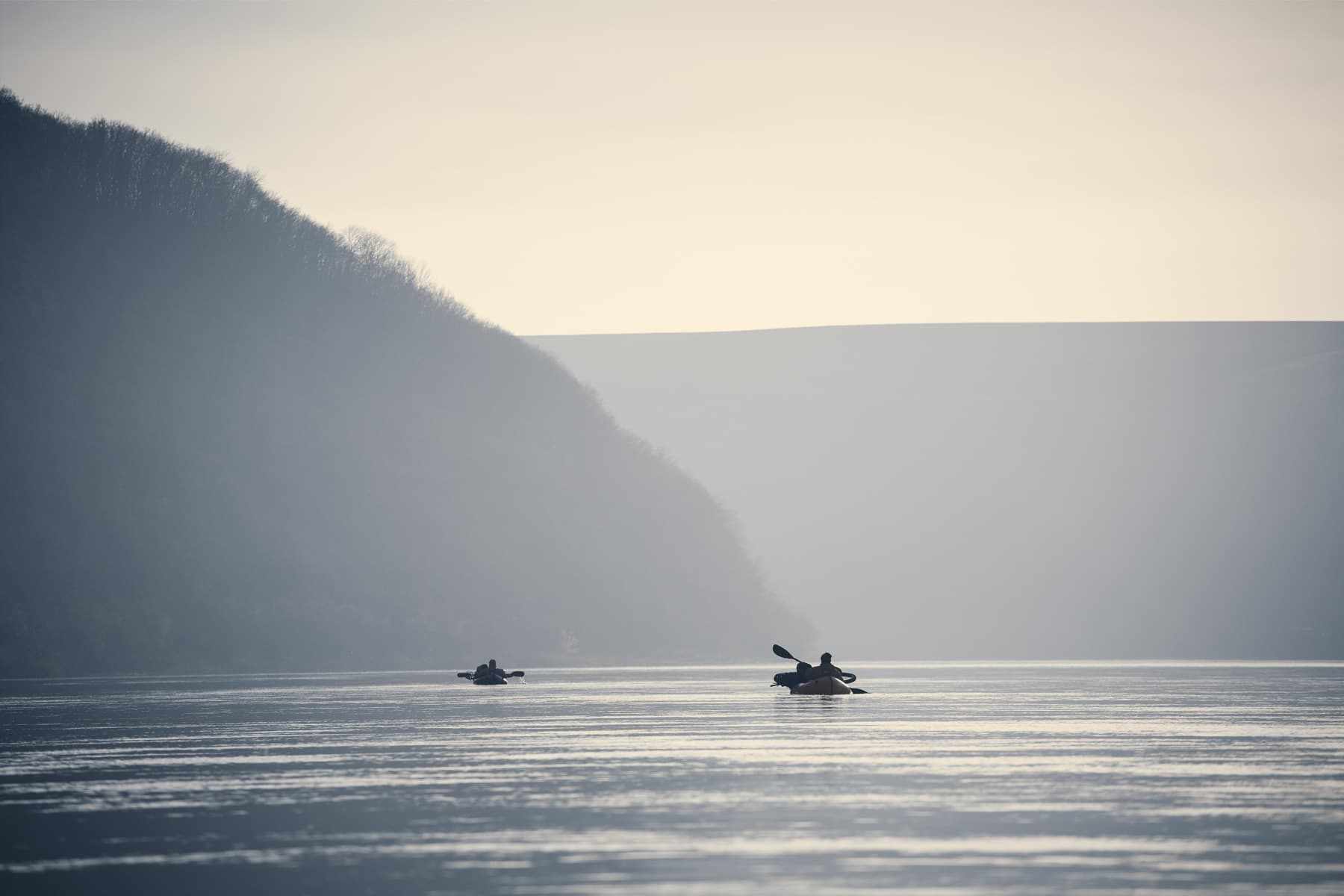


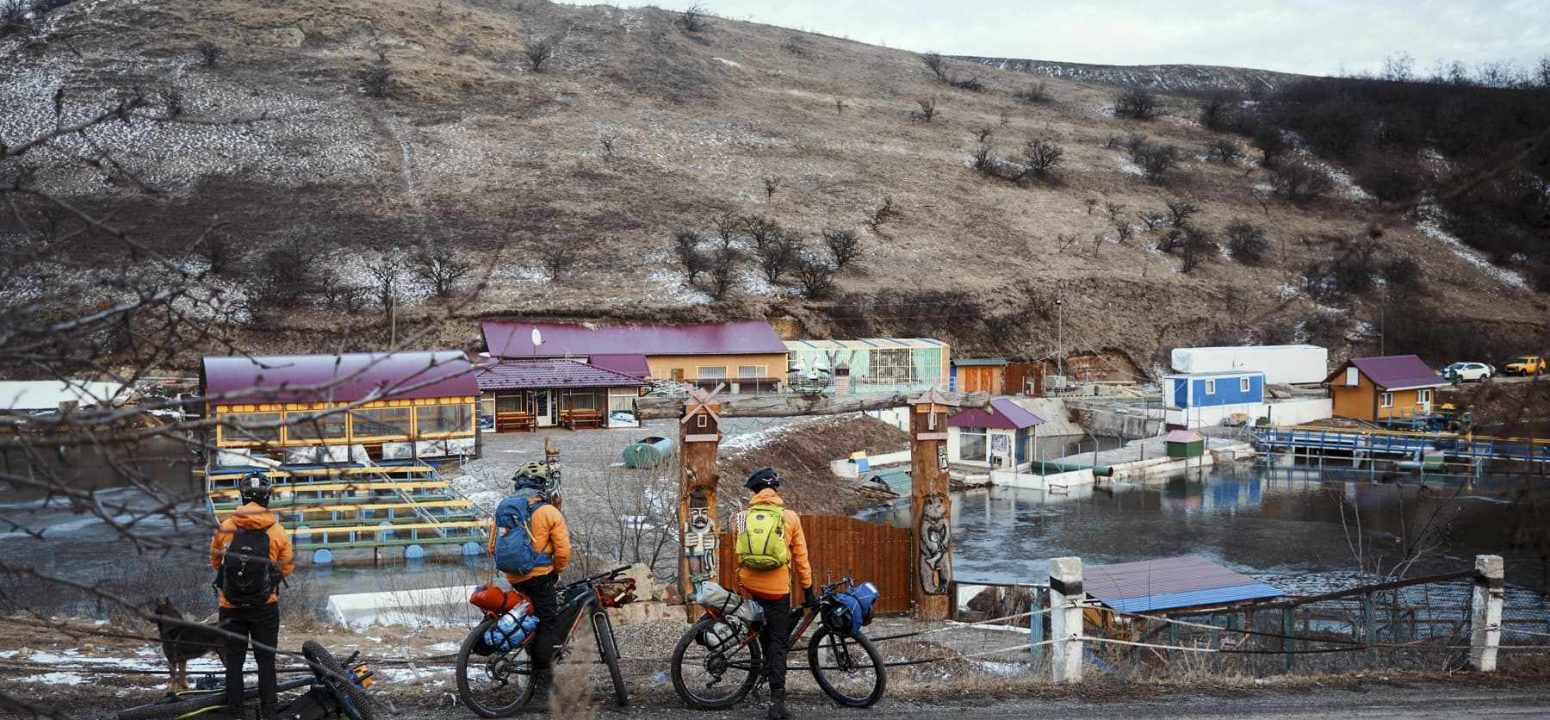

The topic ‘Singletrack Magazine Issue 129 | The Frigid Secrets Of Ukraine’ is closed to new replies.